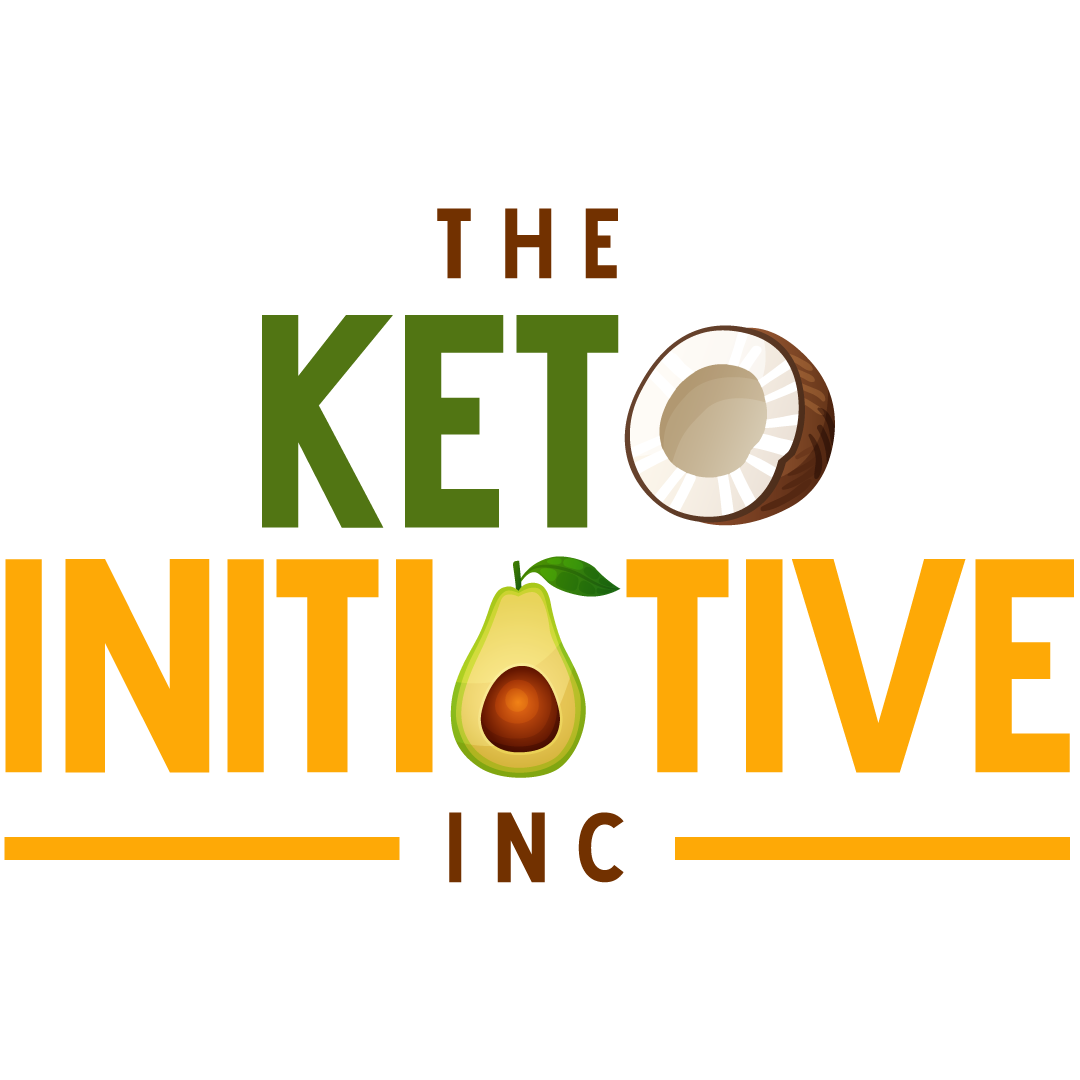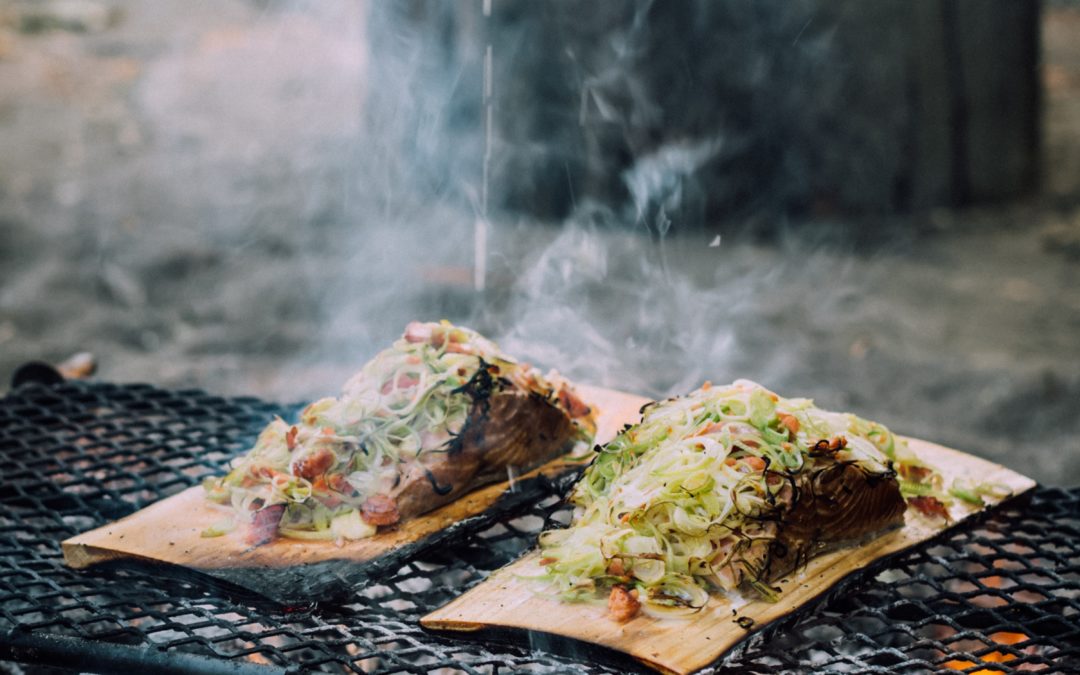THE DREADED KETO DUO:
KETO BREATH AND KETO FLU
With the popularity of the Keto Diet going on a high peak, it’s not surprising to find a lot of people are becoming more interested to try the Ketogenic way of eating. After all, those shredded pounds, renewed energy, reduced blood pressure and improved sugar levels of them die-hard Ketonians can speak for itself as to why they look up to Keto as their modern day hero. But we all know that there couldn’t be a hero without its very own nemesis, or in this case, nemeses. It is true that being on Keto can be a continuous battle against hunger pangs, cravings and temptations but there are other factors too that can make the Keto journey a bit harder than it already is.
Introducing, Keto Breath and Keto Flu!
Collectively known as the Dreaded Keto Duo, if you are looking into trying Keto out, let me first introduce these guys and let you in on some tips on how to overcome them.
- KETO FLU
The Keto Flu or the “Carb Flu” is a symptom or a group of symptoms that usually happens to the body when carbohydrates is drastically removed from it. These symptoms include weakness, fatigue, sluggishness, irritability, dehydration, nausea, difficulty sleeping, constipation stomach pain, fever, etc. Some attribute this condition from the body’s carb withdrawal process as it changes to a carbohydrates restricted form of diet. While this condition may make the transition to the Ketogenic Diet a bit more difficult, these symptoms usually go away in as quick as 2 to 7 days or as long as 3 to 4 weeks depending on your body’s ability to adapt. So, just hold on and don’t quit! The Keto Flu is just a temporary speed bump towards your journey to the land of the fit and healthy.
Now, if the symptoms of this dreaded Keto Flu seems to be too much for you and you can’t just wait to get better, there are also a few things that you can do to minimize this undesired effects and get you out of this downtime at the soonest possible time. Here are some tips:
- Easy does it
For the first couple of days that you might feel the early attacks of the Keto Flu, you may opt to do a low carb diet first by allowing a bit of carbs into your diet before going on a full-scale Keto again. However, when we say “a bit of carbs” it should be at 20 to 50 grams of carbs only. This equates to a half cup (20 grams) or a cup (50 grams) of pasta, 3 slices of bread or 3 small pieces of potato. Furthermore, it is encouraged to prioritize cutting out sugar and processed foods as you make your transition to help your body get used to function with a low carb diet more easily before you restrict your carb intake to the recommended level of the Keto Diet.
- Rehydrate!
Part of the changes happening inside your body as you start Keto is your body’s water retention ability. Your body will tend to retain less water due to the absence of carbs in your body which is responsible for retaining water and sodium. As a result, water is excreted more often from your body causing you to urinate a lot which may easily lead to dehydration. You can prevent this by increasing your water intake. In addition, drinking more water will help your kidneys excrete unnecessary ketone bodies which may accumulate in your body due to the production of ketones. Lastly, it will be optimal if you would add salt (preferably Himalayan sea salt) to your drinking water in order to address your body’s water and sodium deficiency at the same time. The recommended ratio for this combo is a teaspoon of salt to a liter of drinking water. You may drink it all throughout the day.
- Electrolytes Please!
Since the body is losing much water during Keto, essential electrolytes like magnesium, potassium and sodium are excreted from the body as well. These minerals are essential in order for the body to maintain important bodily functions such as hydrating the body, regulating nerve and muscle function and rebuilding damaged tissues. Consequently, you need to replenish your electrolytes by taking supplements in the form of pills or tablets. Also, if you want to do it the natural way, here are some healthy food sources for magnesium and potassium
Magnesium – Spinach, Almonds, Pumpkin Seeds, Dark Chocolate, Tofu
Potassium – Avocados, Spinach, Broccoli, Mushrooms
For sodium, you may simply add salt to your drinking water or on your food to replenish your body. A teaspoon to a teaspoon and a half a day should be enough to recover the amount of sodium lost by the body as you do the Ketogenic Diet.
THE KETO BREATH
Keto Breath is a sour smelling breath problem which is a common side effect of eating high fat, restricted carb meals. This smell is caused by excessive amount of ketones in the body during ketosis. This type of ketone, called acetone, is the same ingredient used for nail polish removers, hence the strong metallic scent. Fortunately, there are ways to alleviate this problem while on Keto.
a. Drink lots of water- drinking water will help the body to get rid of ketones faster through the excretion of urine. So, the more you drink water, the more you’ll pee and the faster it will be for the ketones to leave your system.
b. chew sugar-free gums like xylitol – chewing gums will increase saliva production and will help clean out the lingering bacteria inside the mouth that can worsen the odor.
c. increase fat intake – studies show that an increase in fat intake while reducing protein may help minimize acetone which is the source of the keto breath scent.

